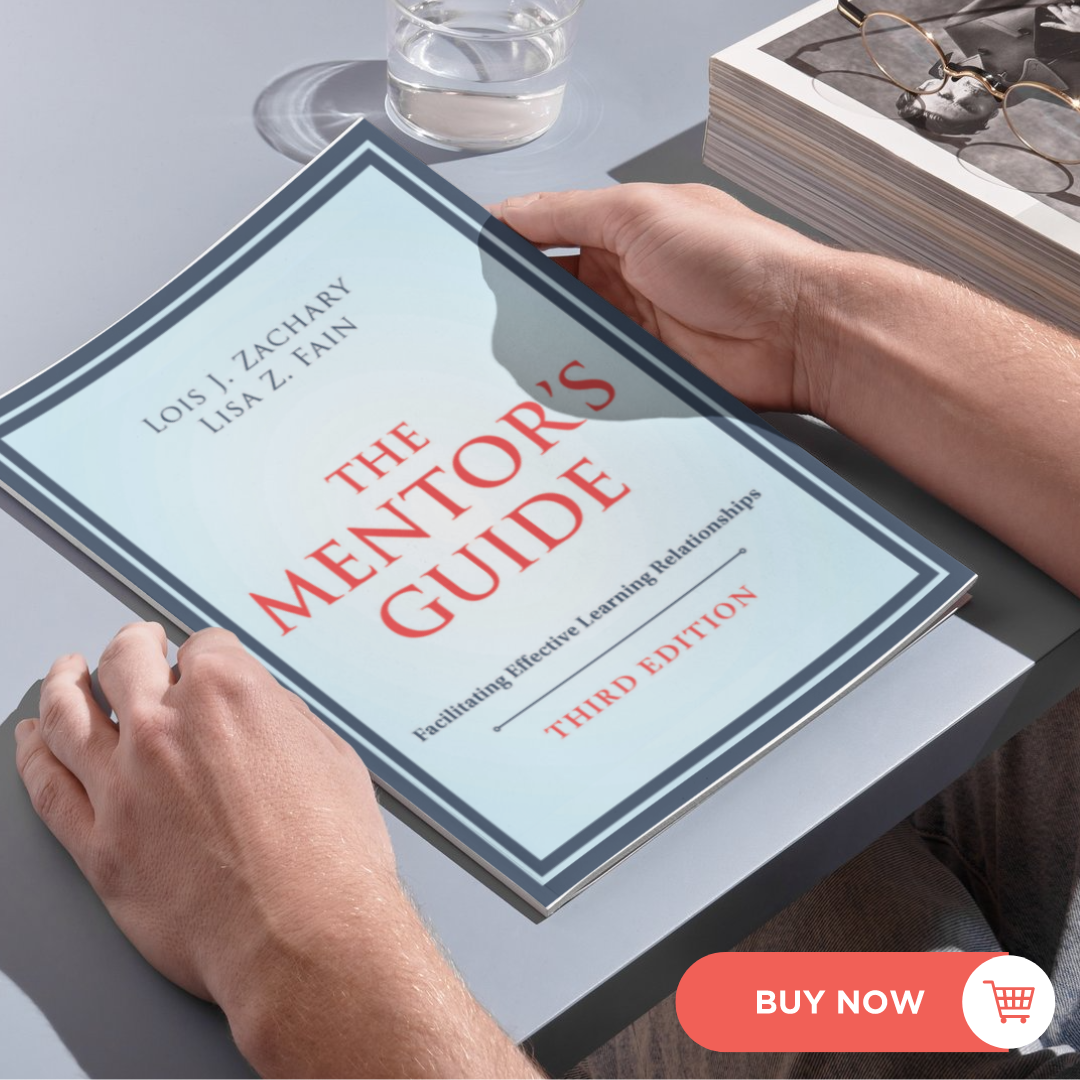Let’s take a page from Gray’s anatomy to look at the some of the roles today’s smart savvy mentor’s play:_
- A brain to pick. You may have specific experience and expertise to share. Rather than sharing that expertise off the bat, try starting the conversation by listening carefully to your mentee’s questions. Pace the information you provide and check for understanding along the way.
- Another set of eyes. Mentors offer a vision along the road of possibility. Possibility is the operative word. Sometimes all it takes is another perspective to help a mentee grow and develop. Share your perspectives with the intent of broadening your mentee’s vision and understanding.
- An ear to listen. Being a mentor puts you in a unique position to provide a sounding board for your mentee to test out new ideas. You will want to push your mentee’s thinking and acting forward by helping her solve problems not providing solutions yourself.
- A shoulder to lean on. When the going gets tough, tough mentees get going by finding someone whose experience and expertise they can trust and someone they can learn from. Balance compassion with challenge. Ask questions. Avoid becoming a permanent leaning post.
- Arms around a problem. These slippery white water times have added layers of complexity to solving business problems. Helping a mentee get his arms around a problem, issue or challenge is often the first step to real understanding. Encourage exploration of options before pushing to action.
- A helping hand. Sometimes it is a helping hand provided at just the right time that promotes the mentee’s development. The“hand” may be an invitation to work on a project together, an introduction to the right person, exposure to a new idea, and/or reframing a current problem.
- A kick in the pants. Encouragement supports a mentee’s growth and development and keeps up the learning momentum. A mentor can provide encouragement in multiple and timely ways: identifying (and sometimes providing) opportunities, knowing when and how to convey the message “you can do it.”


